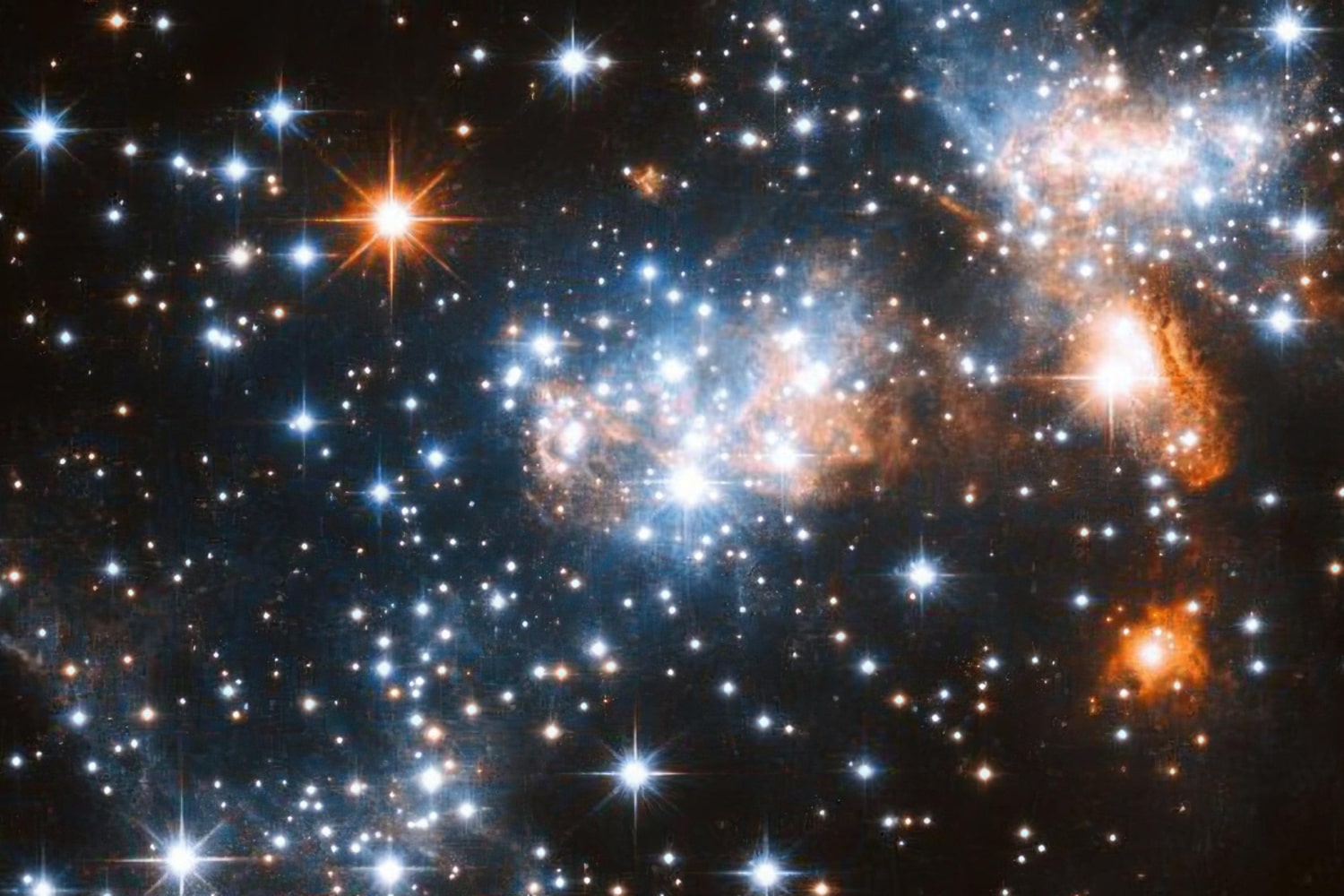The night sky has always fascinated humanity with its mysteries, and among the countless stars, giant stars stand out the most. These fiery spheres impress with their size, temperature, and their crucial role in cosmic evolution. Although they exist for a relatively short time, their impact on galaxies and the birth of new stars is immense. These captivating facts about giant stars might surprise even those well-versed in astronomy. Here is a selection of amazing facts you may not have known about these colossal celestial objects.
- Giant stars form when regular stars exhaust the hydrogen in their cores and begin burning helium instead. This causes the outer layers to expand and the volume of the star to increase dozens or even hundreds of times. As a result, they become significantly brighter but less stable. This instability makes them particularly intriguing for scientific study.
- Despite their enormous size, some giant stars have relatively low mass compared to other types of stars. Certain red giants are only two or three times more massive than the Sun. However, their diameters can be hundreds of times larger. This is due to the expansion and thinning of their outer layers.
- Giant stars emit tremendous amounts of light, often tens of thousands of times more than the Sun. Their radiation is so intense that they are visible from Earth even across vast cosmic distances. Because of this, many giants serve as reference points for astronomers. They help measure distances in deep space.
- One of the most well-known giant stars is Betelgeuse in the constellation Orion. This red star is among the brightest in the night sky. Its diameter is approximately 1,000 times that of the Sun. If it were located at the center of our solar system, its surface would reach as far as Jupiter’s orbit.
- Blue supergiants are much hotter than red giants and have significantly higher luminosity. Their surface temperatures can exceed 20,000 degrees Celsius. Their life spans are short, lasting only a few million years. This is incredibly brief on the scale of the universe.
- Giant stars not only end their own lives but also contribute to the birth of new stars. After a supernova explosion, their remnants enrich interstellar space with heavy elements. This material is then used to form new star systems. Thus, giants are a source of chemical diversity in galaxies.
- During their life cycle, giant stars undergo several internal transformation stages. After burning helium, they begin fusing heavier elements such as carbon, oxygen, and eventually iron. Once iron is produced, nuclear fusion reactions are no longer energy-efficient. This leads to gravitational collapse and a supernova explosion.
- Some giant stars can shed their outer layers into space even before becoming supernovae. This results in the formation of vast surrounding nebulae. These shells may appear as rings or irregular shapes. They remain visible for thousands of years after the star’s death.
- Supergiants are extremely rare objects in the universe, making up only a tiny fraction of all stars. They are primarily found in young galaxies and stellar clusters. Their rarity is due to their rapid evolution and high mass loss. These stars burn out quickly and vanish from the cosmic landscape.
- After a supernova explosion, some giant stars leave behind neutron stars or black holes. These are among the most exotic objects in the universe. A neutron star may contain the mass of the Sun compressed into a sphere only 20 kilometers in diameter. A black hole, on the other hand, has gravity so strong that not even light can escape it.
- Giant stars also affect nearby stars and planetary systems. Their radiation and stellar wind can disrupt protoplanetary disks around younger stars. This may delay or halt the formation of planets entirely. Therefore, they can significantly alter the evolution of entire stellar systems.
- There is a specific class of yellow giants that serve as transitional phases between red giants and blue supergiants. Their characteristics vary depending on mass, age, and chemical composition. They are rarely observed in our galaxy. Studying them helps scientists better understand transitional stages of stellar evolution.
- In many cultures, giant stars have been linked to myths and beliefs. For example, Betelgeuse was considered a harbinger of change or a celestial guardian. The brightness of such stars amazed ancient observers. They became symbols of power and divinity.
- In some cases, giant stars have stellar companions with which they interact. These can be ordinary stars or other giants. Their gravitational pull may result in mass exchange or the formation of accretion disks. These binary systems are of great interest to astronomers.
- By analyzing the spectrum of giant stars, scientists can determine their chemical composition and evolutionary stage. The absorption lines reveal which elements are present in their outer layers. This also aids in studying the distribution of elements across galaxies. Giant stars are true laboratories of the cosmos.
These fascinating and incredible facts about giant stars highlight their vital role in the structure and evolution of the universe. They are sources not only of light but also of knowledge about the processes that shape our cosmic surroundings. You may not have realized how far-reaching the influence of such stars can be. Thanks to modern telescopes, we continue to discover new and amazing facts about these fiery giants that leave their mark on the universe for billions of years.





